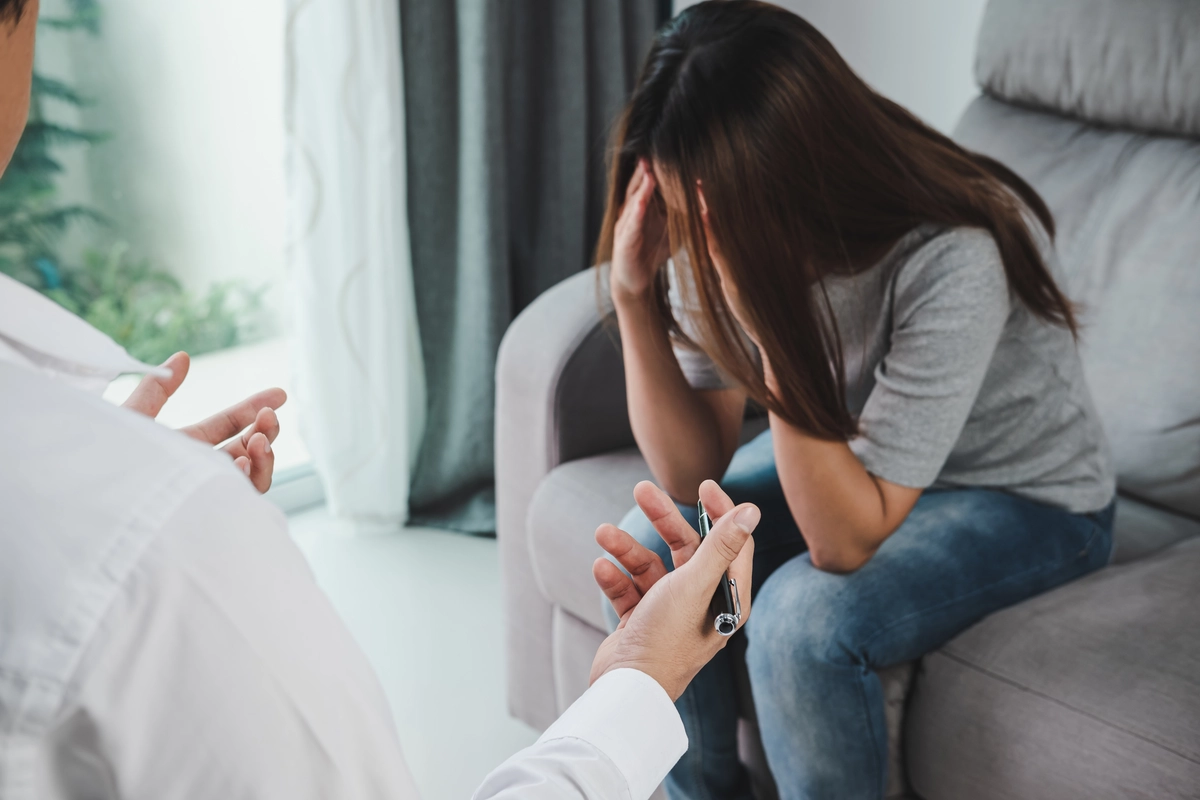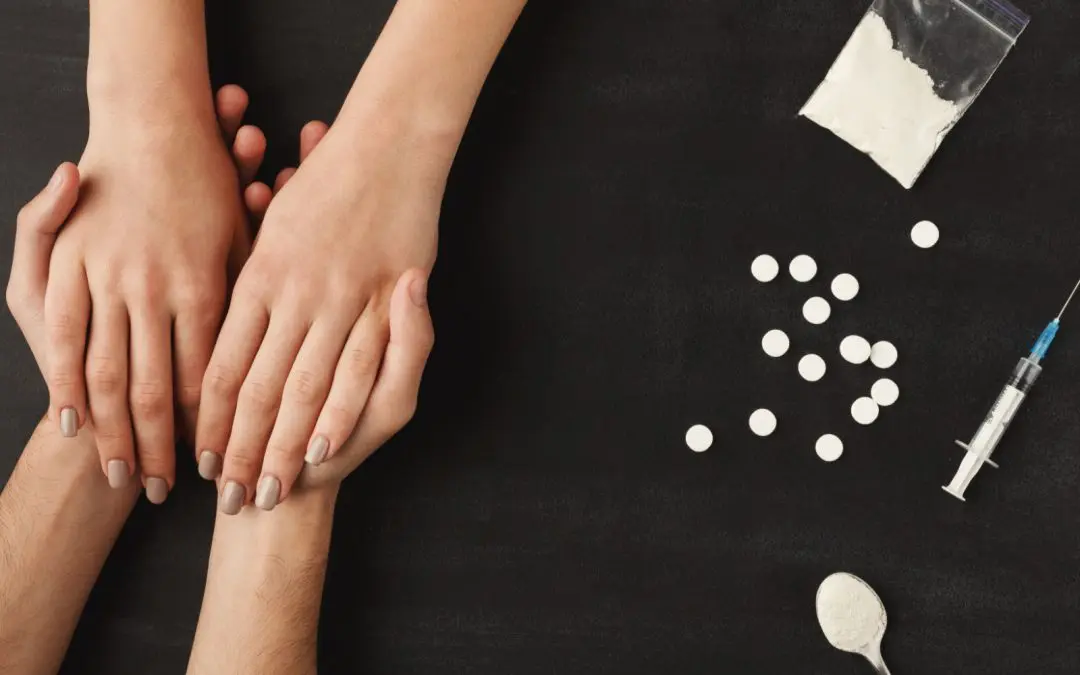24/7 Helpline:
(866) 899-221924/7 Helpline:
(866) 899-2219
Learn more about Opioid Rehab centers in Big Pine
Opioid Rehab in Other Cities

Other Insurance Options

Health Partners

Coventry Health Care

Magellan

Regence

MVP Healthcare

Multiplan

Horizon Healthcare Service

Oxford

Holman Group

Private insurance

Excellus

United Health Care

UMR

Absolute Total Care

Premera

Sliding scale payment assistance

Covered California

WellPoint

BlueCross

Ceridian









